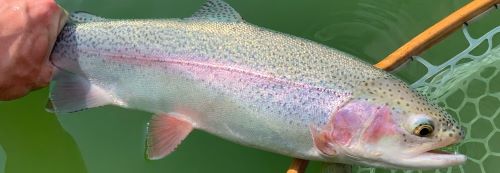Chironomid fishing is undoubtedly one of the most productive methods of fishing in British Columbia lakes. However, it can often be a puzzling and frustrating process trying to dial in a hatch – and even more so when the anglers in the boat next to you are constantly hooking fish. Here are three tips that may help you catch big fish more consistently on tiny chironomid flies.
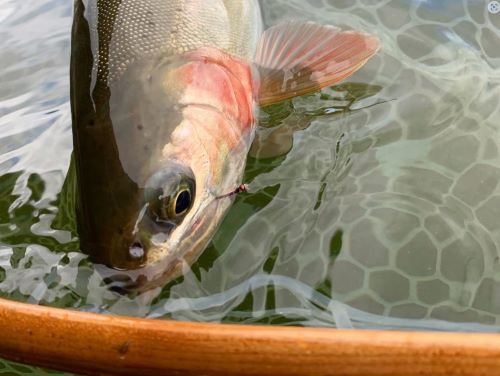
1. Journal after each and every outing
While we always think we’ll remember the good days we have on the water, if we are not diligent in recording our experiences, it’s easy for them to begin blending together. The fine details of what exactly we were using sometimes seem to slip from our memory banks. How frustrating it is to return to the same lake years later and have to start the experimental process all over again. Since some lakes can be very particular, keeping a record of what did or didn’t work at the end of the day, and having it handy in your gear bag, glovebox, or even on your phone, is a fast track to more consistent success.
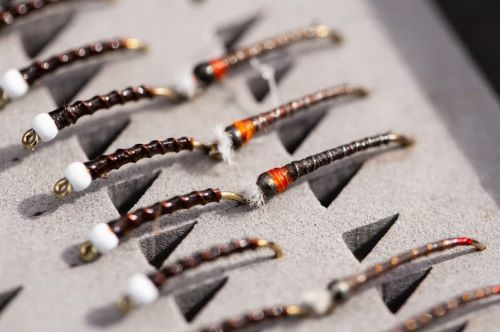
2. Work the whole column
While starting off with your presentation approximately 30 centimetres (one foot) off the bottom of a lake is effective, that’s not necessarily where the fish are feeding. As the afternoon progresses, it’s common to have fish suspended throughout the entire water column, even within a metre (three feet) of the water’s surface. Pay very close attention to your fish finder, and don’t hesitate to adjust the length of your leader or location of your strike indicator to accommodate fish that are swimming higher in the water column.
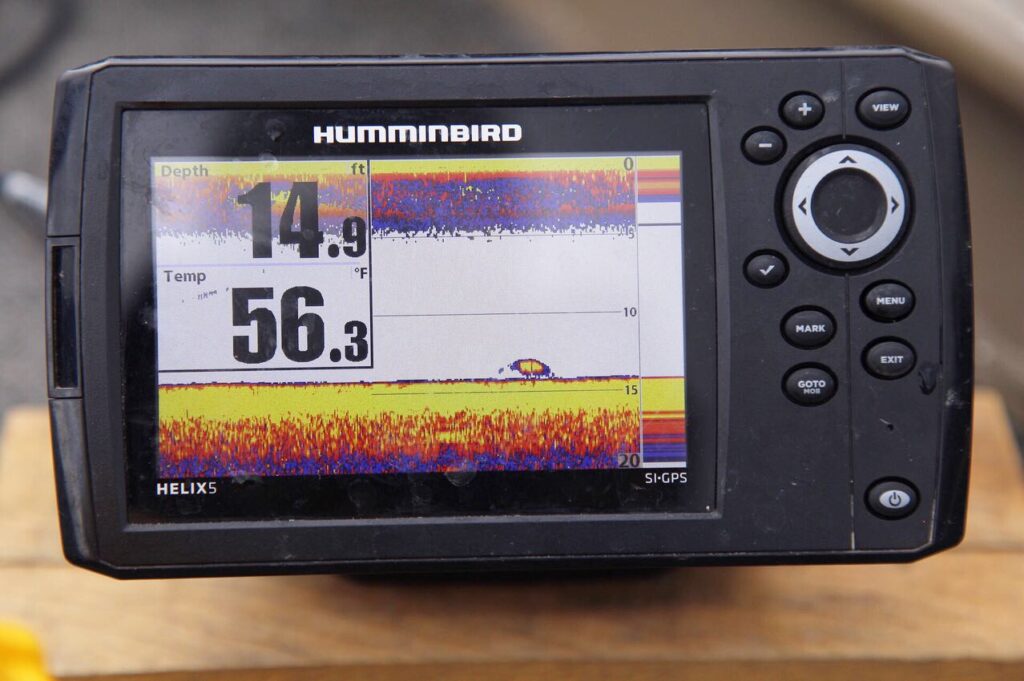
3. Don’t be afraid to ditch the strike indicator
Though it can feel very imprecise at times, there are days when fish seem to prefer the presentation of a chironomid pupa tied onto a “naked” leader without a strike indicator. To execute this method effectively, begin with a leader that is roughly the same length as the depth of water you are fishing, and adjust accordingly. For example, in six metres (20 feet) of water you would be wise to begin with either a six-metre (20-foot) leader, or one that’s 30 to 60 centimetres (one to two feet) longer to compensate for the angle at which your fly will sink. Once the fly has reached your desired depth, slowly crawl it back to the boat with a hand-twist retrieve.
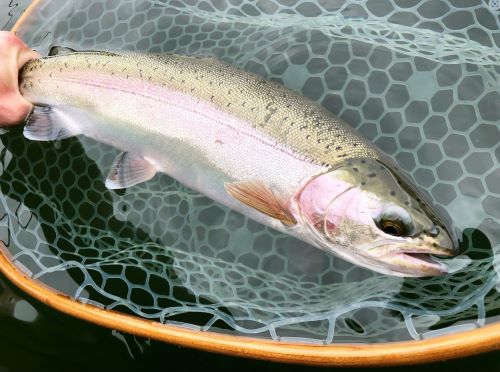
Author: Jordan Oelrich
Images: Jordan Oelrich
Jordan Oelrich is the owner of Interior Fly Fishing Co. When he’s not guiding, Jordan shares his knowledge for fishing as a writer and fly-tying instructor.
Follow Jordan on Instagram or visit his website.
